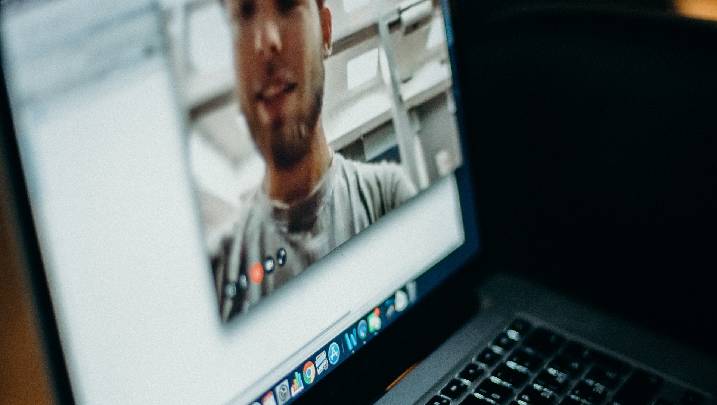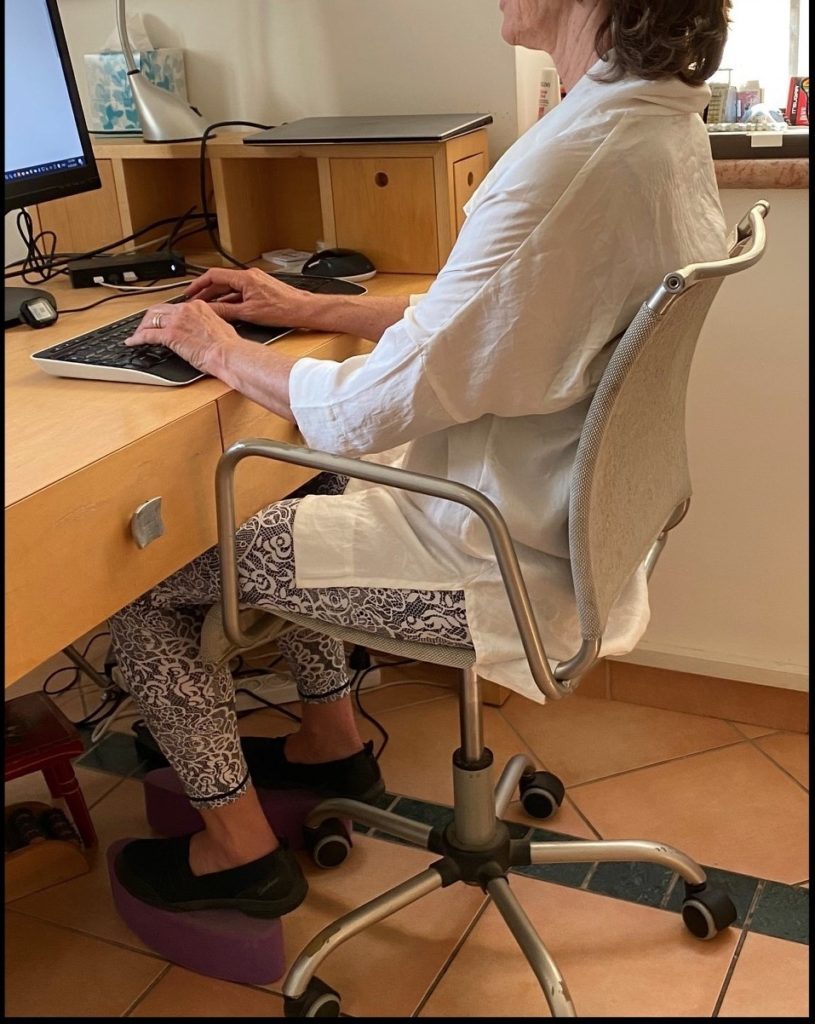What is a person supposed to do? On the one hand, you left your good furniture and equipment behind at work and are in pain from working long hours at your makeshift home office. On the other hand, pandemic restrictions might not allow you or your employer to call for an ergonomist to come into your house to do a risk assessment.
Enter the remote assessment.
Ergonomics risk assessments, whether onsite or remote, combine listening to the client with observing him or her with a professional eye.
Attention to Detail and Connecting the Dots
You have identified that your workplace design is probably causing your pain. But you don’t know what it is about the workplace, exactly. You might be missing out small but important details. You may forget to mention that the drawers under your desk at home are preventing you from getting in close enough to type and see the screen without leaning forward. And yet, this is the probable cause of your recent back pain.
Combining the client’s story with what I observe and reviewing the photos paints a complete picture.
An ergonomic consultant’s role is to connect the dots. “My desk at work was height adjustable” combined with “Ever since I moved apartments I’m using my father’s old desk” explains a lot. “My desk is two meters long” is cancelled out by “I am only using one corner of it because the cables are too short”.
Because getting the big picture is so important, it is often unclear to me what is causing somebody’s pain when they describe their situation to me over the phone until I see it with my own eyes.
How is a Remote Assessment Different from an In Person Assessment?
Below, you can see some screenshots from a recent consultation I conducted over zoom. The client made sure to position her camera at different angles so I could get a complete picture of her surroundings.
While it is never possible to get all the information needed for an ergonomic risk assessment on a phone call, it is very much possible to get good results on a video call with the client capturing different camera angles. Combining the client’s story with what I observe and reviewing the photos paints a complete picture. It doesn’t matter if the photos were taken in person or captured remotely.
Remote Ergonomic Assessments are Effective
Just like with in person assessments, remote assessments identify current complaints, ergonomic risks and mitigating factors. They also include recommendations for change. They are a little bit more participatory as the client is helping with the camerawork, but by listening and observing it is possible to identify the same ergonomic risks remotely as in person.







 I have been helping people to sit and move comfortably since 1998. I am always looking for ways to help people improve their relationships with their bodies.
I have been helping people to sit and move comfortably since 1998. I am always looking for ways to help people improve their relationships with their bodies.